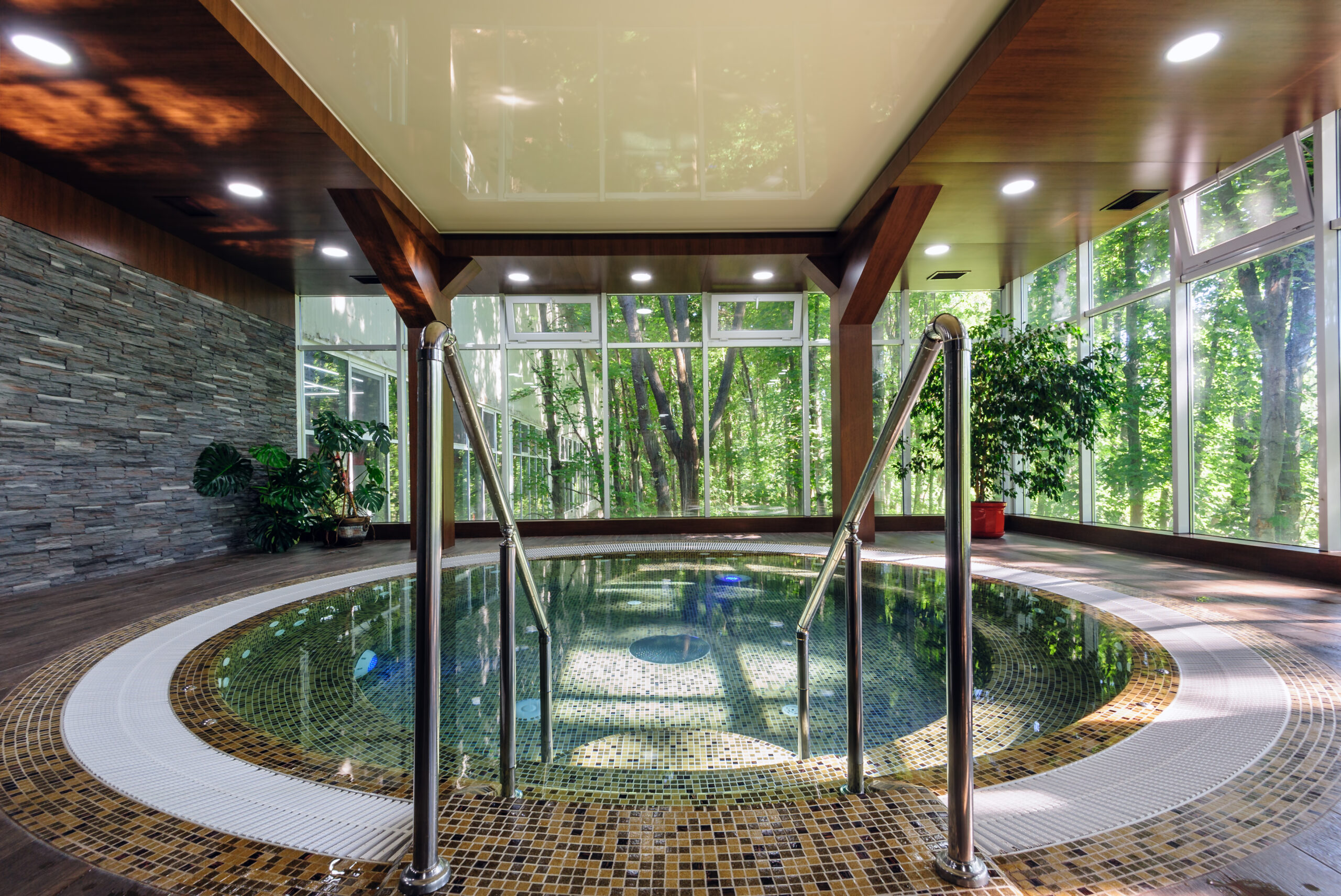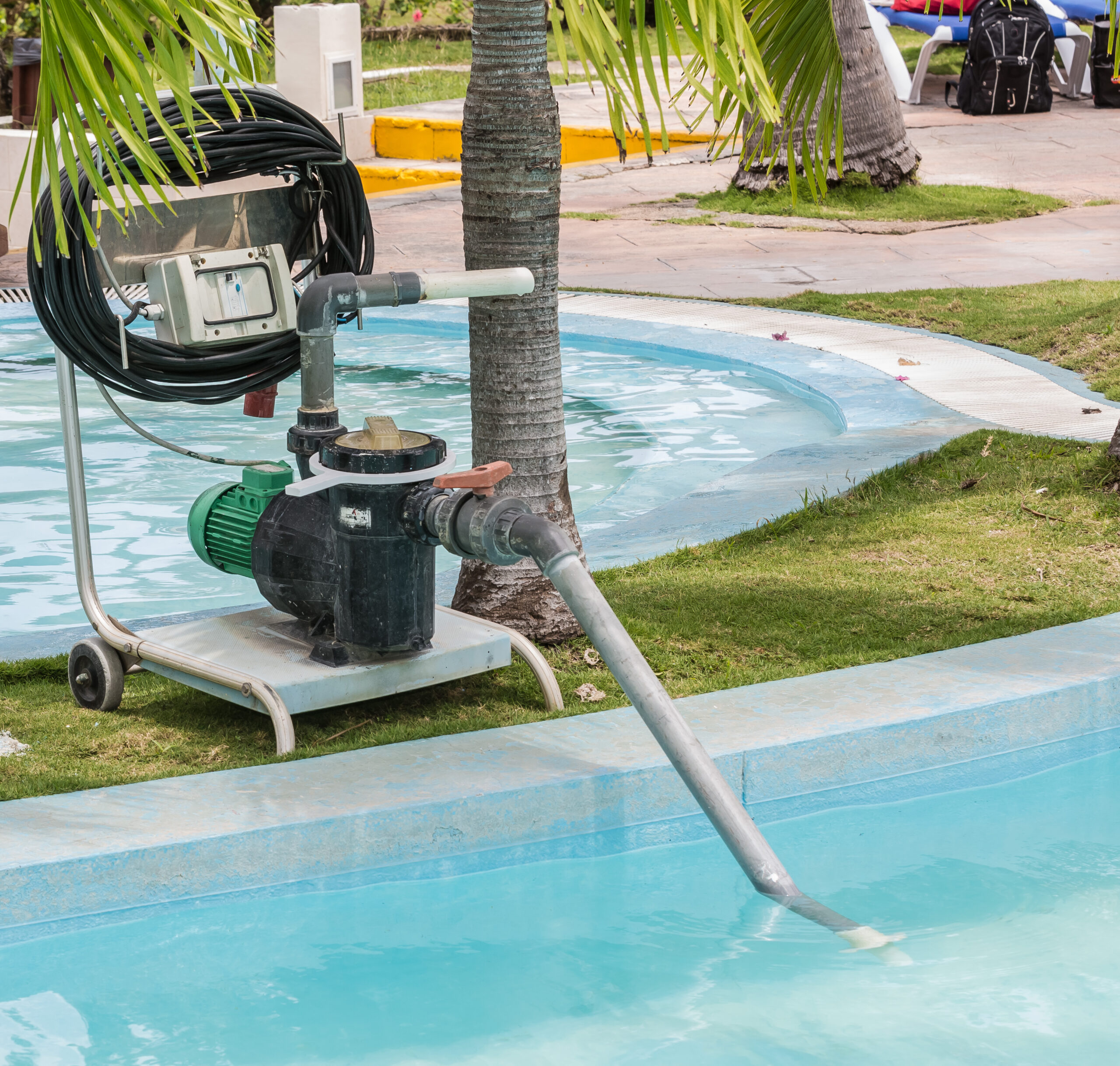You’re dreaming of a perfect pool, but dread the upkeep. Don’t worry! With thoughtful design choices, you can create a low-maintenance oasis.
This guide will walk you through key considerations and steps to ensure your pool’s as easy to care for as it is inviting.
Dive in and discover how smart design makes all the difference for hassle-free enjoyment of your backyard paradise.
Understanding the Importance of Pool Design for Maintenance
It’s crucial to understand that a pool’s design plays a significant role in how easy it’ll be to maintain. You may think of your dream pool as merely an aesthetic pleasure, but remember, ‘pool aesthetics impact’ goes beyond the eye-appeal; it directly affects the maintenance requirements and costs.
Consider this: a complex shape or a large size could mean more cleaning time, higher chemical usage, and possibly more repairs down the line. On the other hand, opting for simplicity in design can significantly reduce these ‘maintenance cost factors’. It isn’t about sacrificing style for practicality though; you can still have a stunning pool without creating unnecessary work for yourself.

Factor in things like surface materials too. A smooth finish not only feels great underfoot but also makes cleaning easier. The choice of equipment is another consideration; energy-efficient pumps and filters will save you money while achieving optimal water cleanliness.
Ultimately, good design is about balance – between beauty and function, between upfront costs and long-term maintenance expenses. So when planning your perfect pool, keep these aspects at the forefront of your mind. Remember: understanding how design impacts maintenance can make all the difference in enjoying your investment long term.
Essential Elements to Consider for Easy-to-Maintain Pool Design
You’ll need to think about crucial components like filtration systems, material finishes, and chemical management when you’re planning for a hassle-free swimming area. Material selection is critical; choose surfaces that are durable, easy to clean, and resistant to algae growth. High-quality ceramic tiles or vinyl linings can be good choices.
Pool automation can significantly contribute to the ease of maintenance. Automated systems for cleaning, heating, lighting, and chemical balance monitoring will save you time and effort in pool upkeep. These systems work together seamlessly to ensure your pool remains in optimal condition with minimal human intervention.
Chemical management is another essential aspect. A well-designed pool should facilitate even distribution of chemicals. This helps maintain the pH balance which is vital for keeping the water safe for swimmers as well as prolonging the lifespan of your pool materials.
Lastly, invest in an efficient filtration system that’s capable of removing debris without frequent clogs or backups. This not only keeps your pool sparkling clean but also reduces strain on other maintenance aspects such as chemical treatment or physical cleaning routines.
Remember: a thoughtful design now makes for less work later!
Step-by-Step Guide to Designing Your Low Maintenance Pool
Let’s dive into the step-by-step guide to creating your low-upkeep swimming area. We’ll focus on two critical aspects: Pool Lighting Choices and Sustainable Materials Selection.
1. Pool Lighting Choices: Don’t underestimate the power of good lighting in a pool design. It’s not only about aesthetics; it also enhances safety during night swims. You’ve got various options, including LED lights, fiber optics, or solar-powered lights. LEDs are energy-efficient and long-lasting, making them ideal for a low-maintenance pool.
2. Sustainable Materials Selection: Choose materials that are eco-friendly and require less upkeep. For instance, opt for natural stone over traditional tiles as they’re resistant to algae growth and easy to clean.
3. Choose Self-Cleaning Systems: A self-cleaning system can significantly reduce your maintenance time by automatically removing debris from your pool.
4. Invest in Quality Water Filtration System: A top-notch water filtration system is essential for keeping your pool crystal clear without much effort on your part.
Tips and Tricks for Ongoing Pool Maintenance
Now that we’ve covered the initial setup, here are a few tips and tricks for keeping your swimming area in top-notch shape with minimal effort.
The first aspect you must master is understanding the importance of chemical balance. It’s essential to maintain an optimum pH level, which should ideally be between 7.2 and 7.6. This will not only keep your pool sparkling clean but also ensure it’s safe for swimming.
Next, don’t underestimate the efficiency of robotic cleaners. These devices are designed to scrub the floor and walls of your pool, collecting debris along their path. They’re quite efficient at their task and can significantly reduce manual cleaning time. Just set them up, let them run their course, and then empty out the collected dirt – it’s as simple as that!
Investing in a good quality pool cover is another crucial tip. It’ll save you from constantly fishing out leaves and bugs while also limiting water evaporation.
Lastly, remember to regularly inspect your filters for any necessary cleaning or replacements needed; this will avoid unexpected breakdowns.
Case Studies: Successful Low Maintenance Pool Designs
Examining a few case studies, we’ll see how certain setups have successfully reduced upkeep efforts and costs.

1. The first instance is of a pool owner who incorporated automation into his pool system. He installed smart pumps that automatically adjust their speed to maintain optimal water flow, reducing both energy usage and maintenance needs.
2. The second case study focuses on sustainability. A homeowner decided to install a natural swimming pool using aquatic plants for filtration instead of chemicals, thus significantly cutting down on maintenance tasks and expenses.
3. Another example comes from an individual who opted for a saltwater system over the traditional chlorinated one; it requires less frequent monitoring and adjusting, making it easier to maintain.
4. Lastly, there’s the case of someone who chose an in-floor cleaning system: while initially more expensive, such systems handle most of the cleaning automatically-decreasing long-term maintenance costs.
By learning from these examples, you’re now better equipped to make decisions that lead to lower-maintenance pools while still incorporating automation or focusing on sustainability if desired.
Remember: your choices during design can greatly affect your future responsibilities and expenses!
Frequently Asked Questions
What Are the Average Costs of Designing a Low Maintenance Pool?
You’re looking at an average cost between $1,000 to $2,500 for pool automation systems. Incorporating energy efficiency considerations might increase costs initially but you’ll save significantly on long-term maintenance.
How Long Does It Typically Take to Design and Construct a Low Maintenance Pool?
Design duration varies based on maintenance factors and specific needs. Typically, it’d take 2-3 months for design and construction. However, complexities in your pool’s design could extend this timeframe. Proper planning is key!
Are There Any Specific Pool Materials That Make a Pool Easier to Maintain?
Yes, certain materials do make a pool easier to maintain. Opt for ones with high durability like fiberglass or concrete. Eco-friendly options, such as a natural stone finish, can also reduce maintenance needs.
Can an Existing Pool Be Redesigned for Easier Maintenance?
Absolutely, you can redesign an existing pool for easier maintenance. The benefits include simplified cleaning and less frequent repairs. With a strategic redesign, your maintenance schedule could become more manageable and cost-effective.
What Are Some Common Problems or Challenges Faced When Designing a Low Maintenance Pool?
You’ll face challenges balancing pool aesthetics with easy upkeep. Climate considerations also play a role, as extreme weather can impact maintenance needs. Choosing materials and designs that withstand these factors is key.
